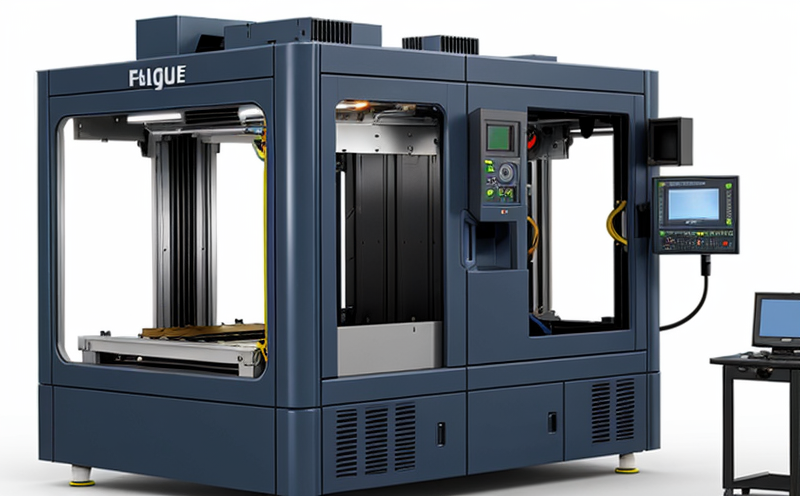ASTM E468 Statistical Analysis of Fatigue Data
The ASTM E468 standard provides a robust framework for the statistical analysis of fatigue data, ensuring accurate and reliable evaluation of material performance. This method is particularly critical in additive manufacturing (AM) and 3D printing testing, where fatigue properties can significantly impact component durability and lifecycle.
ASTM E468 outlines procedures to determine the fatigue strength and other relevant parameters by analyzing stress-life data from a series of specimens subjected to cyclic loading. The standard is widely used in industries such as aerospace, automotive, and medical devices, where high-strength materials are essential for ensuring product integrity.
The primary focus of ASTM E468 is on the statistical treatment of fatigue test results. This involves calculating mean stress-life curves using various methods like Weibull analysis or least squares regression to predict the fatigue limit of a material under specific loading conditions. The standard also emphasizes the importance of considering variability and uncertainty in fatigue data, which are inherent in AM processes.
For additive manufactured components, ASTM E468 offers critical insights into how material microstructure and process parameters influence fatigue behavior. By applying this method, engineers can optimize design parameters to achieve desired mechanical properties while minimizing potential failures due to fatigue.
The statistical analysis provided by ASTM E468 is not only essential for compliance with industry standards but also supports the development of new materials and processes in AM. This ensures that products meet rigorous performance requirements set forth by regulatory bodies like the FAA or FDA.
Implementing ASTM E468 requires careful preparation of specimens, including considerations such as size, orientation, and surface finish to ensure consistent results. Proper selection of test conditions (loading rate, temperature) is also crucial for obtaining meaningful data that reflects real-world usage scenarios.
The process typically involves several steps: specimen preparation, fatigue testing under controlled laboratory conditions, data collection, statistical analysis using appropriate software tools, and finally report generation summarizing findings and recommendations. Each step must adhere strictly to ASTM E468 guidelines to ensure accuracy and reproducibility of results.
Understanding the nuances of ASTM E468 helps stakeholders make informed decisions about material selection, process optimization, and quality assurance in AM projects. By adhering to this standard, organizations can enhance product reliability and safety across various sectors.
Quality and Reliability Assurance
- Data Accuracy: Ensuring precise measurement of stress-life data is paramount. ASTM E468 provides methodologies for minimizing errors through standardized procedures.
- Variability Control: The standard addresses variability by recommending techniques to account for natural fluctuations in material properties and testing conditions.
The statistical analysis method described in ASTM E468 plays a vital role in enhancing the quality and reliability of additive manufactured components. Through rigorous data collection and thorough evaluation, this approach helps identify potential weaknesses early in the development process, allowing for timely corrections before widespread deployment.
Customer Impact and Satisfaction
By leveraging ASTM E468 for fatigue testing, customers benefit from enhanced product performance and increased confidence in their purchases. This aligns with broader goals of sustainability by extending component lifetimes, reducing waste associated with premature failures.
ASTM E468 supports customer satisfaction through its emphasis on transparency regarding material characteristics and expected service life. When manufacturers provide detailed reports based on this standard, it fosters trust between suppliers and end-users, leading to repeat business and positive brand perception.
Use Cases and Application Examples
- Aerospace Industry: Ensuring that critical parts like turbine blades withstand extreme operating conditions over extended periods without failure.
- Automotive Sector: Designing lightweight yet robust structures capable of withstanding repeated stress cycles during vehicle operation.





